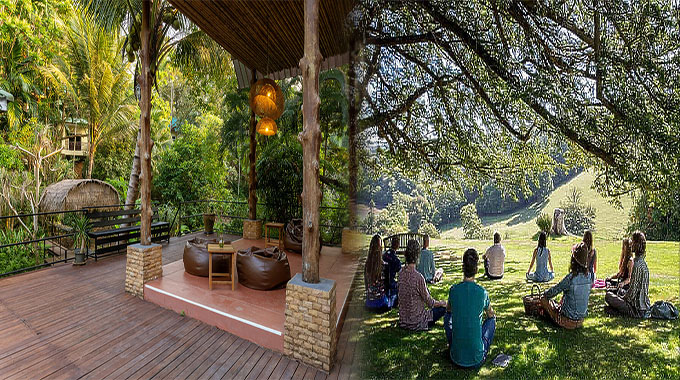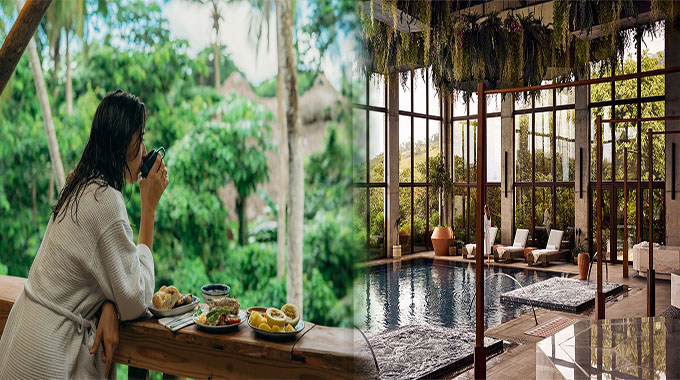Creating an Immersive Haven for Total Mind-Body Wellness
In our fast-paced and interconnected world, the importance of prioritizing holistic wellness has never been more critical. Seeking refuge from the hectic demands of daily life, individuals are increasingly turning to immersive experiences that cater to total mind-body wellness. By creating an immersive haven that nurtures all aspects of well-being, individuals can achieve balance, relaxation, and rejuvenation.
Integration of Mindfulness Practices
An immersive haven for total mind-body wellness places a strong emphasis on mindfulness practices that promote mental clarity and emotional well-being. Incorporating meditation sessions, yoga classes, and mindfulness exercises into the daily routine allows individuals to cultivate a deeper sense of awareness and presence. By focusing on the present moment, individuals can reduce stress, improve concentration, and enhance overall mental health.
Physical Fitness and Movement
Physical fitness is a key component of total mind-body wellness, and an immersive haven should offer a variety of opportunities for movement and exercise. From group fitness classes to outdoor activities like hiking or cycling, individuals can engage in physical pursuits that energize the body and lift the spirit. Regular exercise has been shown to boost mood, increase energy levels, and improve overall physical health, making it essential for a well-rounded wellness experience.
Nutritious and Nourishing Cuisine
A holistic approach to well-being includes nourishing the body with wholesome and nutritious foods. An immersive haven for total mind-body wellness should offer a menu that emphasizes fresh, organic, and locally sourced ingredients. By serving nutrient-rich meals that support optimal health, individuals can fuel their bodies with the essential nutrients needed for vitality and longevity.
Relaxation and Self-Care Practices
In addition to physical activity and healthy eating, relaxation and self-care practices are essential for total mind-body wellness. An immersive haven should provide opportunities for individuals to unwind and destress, whether through spa treatments, massage therapy, or guided …















